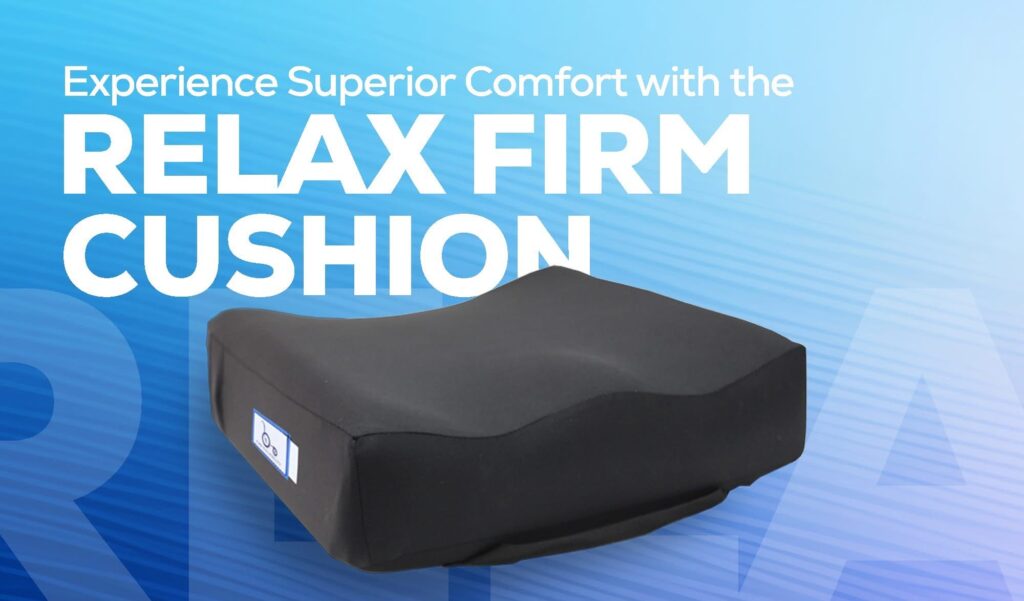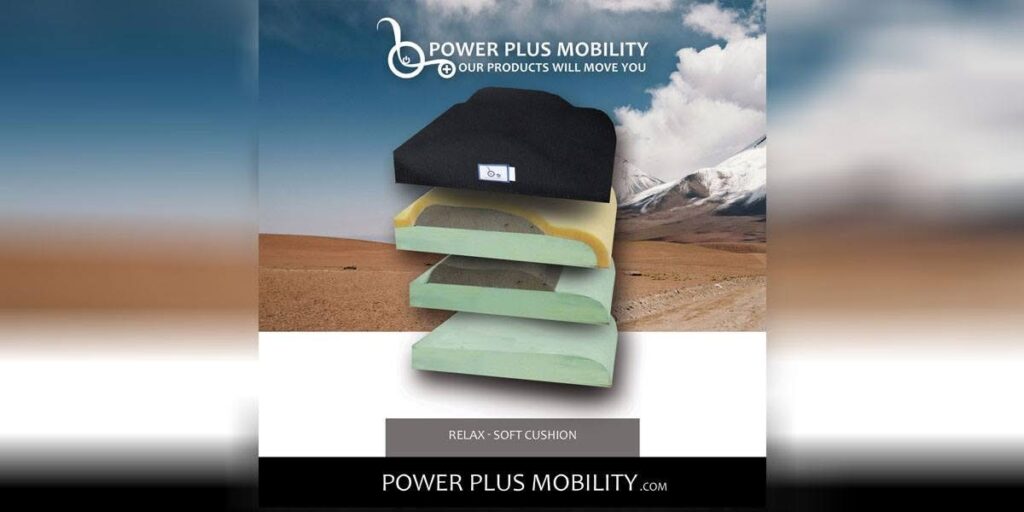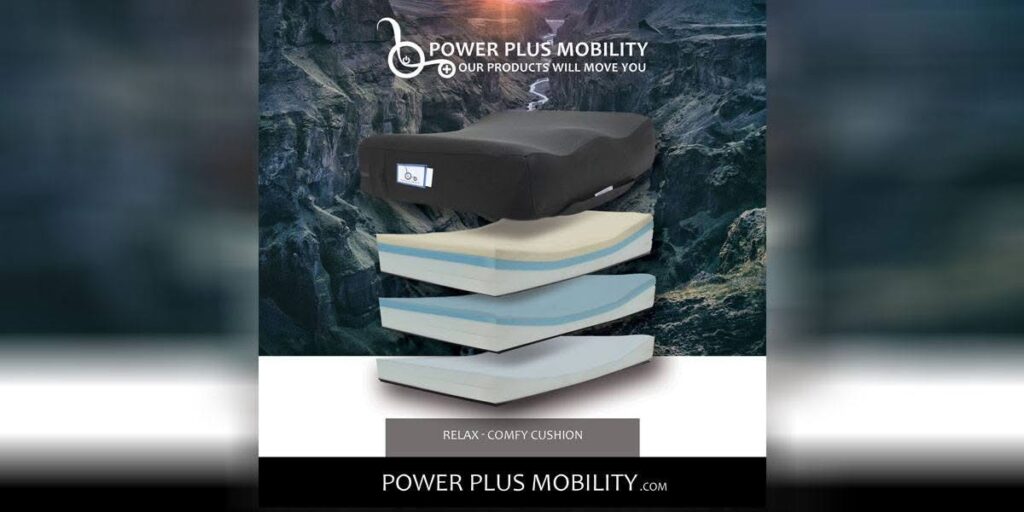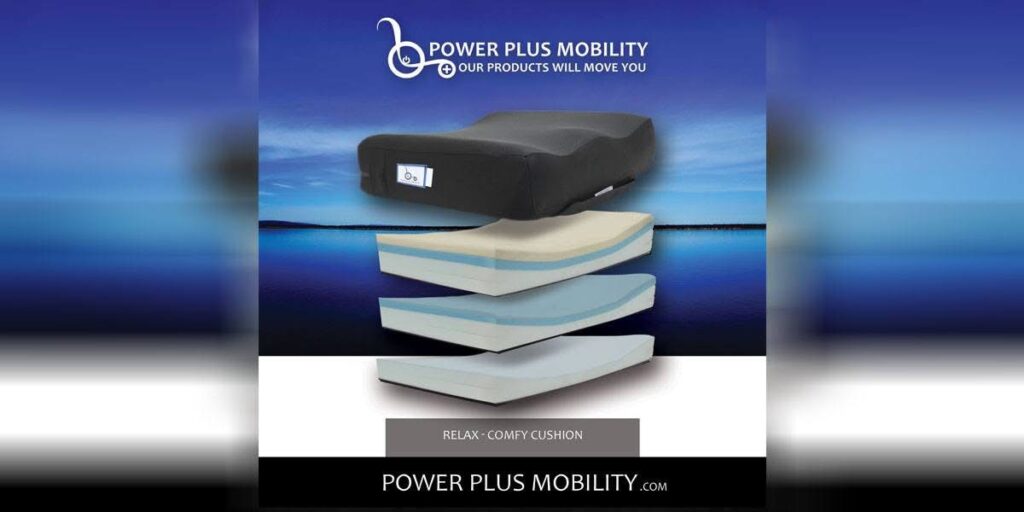
When individuals spend extended periods in bed due to illness, injury, or mobility limitations, the choice of mattress becomes far more than a comfort consideration—it becomes a critical healthcare decision that can prevent serious medical complications while promoting healing and quality of life. Therapeutic mattresses and pressure relief surfaces represent specialized medical equipment designed to address the unique challenges faced by individuals with limited mobility, helping prevent pressure injuries while providing optimal comfort and support for recovery and long-term care.
At LIFEmed, we understand that therapeutic surfaces are essential tools in comprehensive care plans, particularly for individuals at risk of developing pressure sores or those requiring extended bed rest. The advanced engineering and innovative materials used in modern therapeutic mattresses can make the difference between maintaining healthy skin integrity and developing painful, costly pressure injuries that compromise healing and quality of life.
The evolution of therapeutic mattress technology has produced sophisticated solutions that address multiple aspects of pressure management, temperature regulation, moisture control, and patient comfort. Understanding these technologies and their applications helps healthcare providers, caregivers, and families make informed decisions that optimize patient outcomes while providing the best possible care experience.
Understanding Pressure Injuries and Risk Factors
Pressure injuries, formerly known as pressure sores or bedsores, develop when sustained pressure restricts blood flow to tissues, leading to tissue damage that can range from minor skin irritation to severe wounds involving muscle and bone. These injuries typically occur over bony prominences such as the tailbone, hips, heels, and elbows, where pressure concentrations are highest during prolonged sitting or lying.
Risk factors for pressure injury development extend beyond simple immobility to include poor nutrition, advanced age, medical conditions affecting circulation, incontinence, and cognitive impairment that may prevent individuals from recognizing discomfort or changing positions independently. Understanding these risk factors helps guide appropriate therapeutic surface selection and care planning.
The progression of pressure injuries follows predictable stages, from initial skin redness and irritation to deep wounds that can expose underlying bone and require extensive medical intervention. Early intervention through proper pressure redistribution can prevent minor skin changes from progressing to serious wounds that may take months to heal and can lead to life-threatening complications.
The economic impact of pressure injuries extends far beyond initial treatment costs to include extended hospitalization, specialized wound care, potential legal liability, and reduced quality of life for affected individuals. Preventive measures, including appropriate therapeutic surfaces, provide significant cost savings while improving patient outcomes and satisfaction.
Categories of Therapeutic Mattresses and Surfaces
Static Pressure Redistribution Surfaces
Static therapeutic surfaces use advanced materials and construction techniques to redistribute pressure more evenly across the body surface, reducing pressure concentrations that can lead to tissue damage. Blake Medical’s Geo-Matrix series exemplifies this approach, combining high-density foam cores with specialized gel inserts that provide targeted pressure relief for high-risk areas like the coccyx and heels.
Memory foam surfaces conform to body contours, distributing weight more evenly while providing pressure relief at key pressure points. Gel-infused memory foam adds temperature regulation benefits, helping maintain optimal skin temperature while preventing heat buildup that can increase pressure injury risk.
Dual-zone construction allows different areas of the mattress to provide specialized support based on body region requirements. For example, the Geo-Matrix G1 Dual Zone features targeted gel inserts in the coccyx and heel regions while maintaining appropriate firmness levels for other body areas.
Static surfaces offer the advantages of no mechanical components, silent operation, and lower maintenance requirements while providing consistent pressure redistribution. These characteristics make them ideal for home care settings and situations where mechanical complexity or noise might be problematic.



Dynamic Pressure Relief Systems
Dynamic therapeutic surfaces use mechanical systems to provide alternating pressure, low air loss, or combination therapies that actively manage pressure distribution and skin environment. These systems represent the most advanced approach to pressure injury prevention and treatment, offering multiple therapeutic modalities in single devices.
Alternating pressure systems periodically inflate and deflate air cells in predetermined patterns, ensuring that pressure is regularly relieved from all body areas. Blake Medical’s Fusion APT system provides 2-in-1 alternating cycles every 10 minutes with whisper-quiet operation that doesn’t disturb restorative sleep while maintaining therapeutic effectiveness.
Low air loss systems continuously circulate air through the mattress surface, managing moisture and temperature while providing consistent pressure redistribution. The Rhythm Multi system from Blake Medical wicks away 1.5 liters of moisture every 24 hours while providing advanced alternating pressure therapy and optional pulsation modes for patients who cannot tolerate traditional alternation.
Combination systems integrate multiple therapeutic modalities, allowing healthcare providers to customize treatment based on individual patient needs and tolerance. These systems often include features like manual pressure adjustment for specific body regions, such as the Happy Heel function that provides targeted pressure relief for heel protection.
Specialized Therapeutic Features
Advanced therapeutic surfaces incorporate specialized features designed to address specific patient needs and care challenges. Fall prevention covers add raised perimeter edges that provide sensory reminders of mattress boundaries while reducing friction and shearing forces that can contribute to skin breakdown.
Transfer edges in therapeutic mattresses provide firm, stable surfaces for safe patient transfers while maintaining therapeutic properties in central sleeping areas. The Fusion APT system features 3.5-inch wide transfer edges that enable safer transfers while reducing fall risk during patient movement.
Fluid-resistant and antimicrobial covers protect therapeutic surfaces from contamination while maintaining infection control standards. These covers often feature four-way stretch properties that maintain therapeutic surface characteristics while providing necessary protection and hygiene benefits.
Zone-specific customization allows different mattress areas to provide appropriate support and therapeutic properties based on anatomical requirements. This approach recognizes that different body regions require different levels of support, pressure relief, and therapeutic intervention.
Clinical Applications and Patient Populations
Acute Care Applications
In hospital and acute care settings, therapeutic mattresses serve both preventive and treatment functions, helping maintain skin integrity for patients at various risk levels while providing appropriate support for healing and comfort. High-acuity patients often require the most advanced therapeutic surfaces due to multiple risk factors and limited mobility.
Post-surgical patients benefit from therapeutic surfaces that promote healing while preventing complications associated with extended bed rest. Pressure redistribution becomes particularly important following procedures that limit mobility or affect circulation, while moisture management helps prevent skin breakdown in patients with limited self-care abilities.
Critical care patients often present multiple risk factors including poor nutrition, medication effects, and medical devices that increase pressure injury risk. Advanced therapeutic surfaces provide comprehensive pressure management while accommodating the complex care requirements typical of intensive care environments.
Long-Term Care Considerations
Long-term care facilities require therapeutic surfaces that provide consistent performance over extended periods while accommodating residents with varying levels of mobility and care needs. Durability, ease of maintenance, and cost-effectiveness become important considerations alongside therapeutic effectiveness.
Residents with cognitive impairment may not recognize pressure or discomfort, making preventive measures through therapeutic surfaces particularly important. Advanced surfaces can provide continuous protection even when residents cannot communicate discomfort or request position changes.
The diverse needs of long-term care populations require flexible therapeutic surface solutions that can accommodate different risk levels, body types, and care requirements within single facilities. Modular systems and adjustable features help optimize care while managing costs and complexity.
Home Care Applications
Home care environments present unique challenges for therapeutic surface implementation, including space limitations, caregiver capabilities, and equipment maintenance requirements. Understanding how to choose the right wheelchair dealer becomes important when selecting therapeutic surfaces for home use, as proper guidance ensures optimal equipment selection and ongoing support.
Family caregivers often require education and support to effectively utilize therapeutic surfaces while managing other aspects of home care. Simple operation, clear maintenance requirements, and reliable performance become critical factors in home care success.
Cost considerations in home care settings may influence therapeutic surface selection, making it important to balance therapeutic effectiveness with affordability and insurance coverage. Finding a dealer experienced with funding programs can help families access appropriate therapeutic surfaces while managing costs effectively.
Selection Criteria and Assessment
Patient Assessment and Risk Evaluation
Proper therapeutic surface selection requires comprehensive patient assessment that considers multiple risk factors, medical conditions, and care goals. Healthcare professionals use validated assessment tools to evaluate pressure injury risk while considering individual patient factors that influence therapeutic surface requirements.
Mobility level, nutritional status, skin condition, and cognitive function all influence therapeutic surface selection. Patients with higher risk scores typically require more advanced therapeutic features, while lower-risk individuals may benefit from simpler pressure redistribution solutions.
Reassessment should occur regularly as patient conditions change, ensuring that therapeutic surfaces continue providing appropriate support and protection. Understanding how local dealers support wheelchair users with repairs and maintenance applies to therapeutic surfaces as well, as ongoing support ensures optimal performance throughout the care period.
Environmental and Practical Considerations
Care environment factors significantly influence therapeutic surface selection, including available space, electrical requirements, noise limitations, and caregiver capabilities. Home environments may have different requirements compared to institutional settings, affecting equipment selection and implementation.
Maintenance requirements, cleaning protocols, and infection control considerations must align with care environment capabilities and resources. Some therapeutic surfaces require more intensive maintenance or specialized cleaning procedures that may not be feasible in all settings.
Budget considerations and insurance coverage influence therapeutic surface selection, requiring balance between therapeutic effectiveness and cost-effectiveness. Understanding funding options and coverage criteria helps ensure access to appropriate therapeutic surfaces while managing financial constraints.
Advanced Technologies and Innovation
Smart Monitoring and Data Integration
Modern therapeutic surfaces increasingly incorporate sensors and monitoring capabilities that provide real-time data about pressure distribution, patient movement, and surface performance. These technologies enable proactive care management and evidence-based optimization of therapeutic interventions.
Data integration with electronic health records and care management systems allows therapeutic surface performance to be tracked and analyzed as part of comprehensive care planning. This integration supports quality improvement initiatives and helps demonstrate therapeutic surface effectiveness.
Predictive analytics using therapeutic surface data may help identify patients at increased risk of pressure injury development, enabling early intervention and prevention strategies that improve outcomes while reducing costs.
Material Science Advances
Ongoing research in materials science continues to improve therapeutic surface performance through advanced foams, gel technologies, and fabric innovations. These advances provide better pressure redistribution, temperature regulation, and durability while maintaining or reducing costs.
Antimicrobial materials and treatments help reduce infection risk while maintaining therapeutic surface properties. These innovations are particularly important in healthcare settings where infection control is critical to patient safety and care quality.
Sustainability initiatives in therapeutic surface manufacturing are creating products with reduced environmental impact while maintaining therapeutic effectiveness. These advances align with healthcare organizations’ sustainability goals while providing quality patient care.
Quality Assurance and Outcome Measurement
Performance Monitoring and Evaluation
Therapeutic surface effectiveness requires ongoing monitoring through clinical observation, patient feedback, and objective outcome measures. Regular skin assessment, patient comfort evaluation, and surface performance checks ensure continued therapeutic benefit.
Documentation of therapeutic surface use, patient outcomes, and any complications helps build evidence for effectiveness while supporting quality improvement initiatives. This documentation also supports insurance coverage and regulatory compliance requirements.
Standardized outcome measures allow comparison of therapeutic surface effectiveness across different patient populations and care settings, helping guide evidence-based selection and use protocols.
Therapeutic mattresses and pressure relief surfaces represent critical tools in modern healthcare, providing essential protection against pressure injuries while enhancing comfort and quality of life for individuals with mobility limitations. The sophisticated technologies available today offer comprehensive solutions that address the complex challenges of pressure management, temperature regulation, and patient comfort.
At LIFEmed, we’re proud to represent Blake Medical and their innovative therapeutic surface solutions that combine advanced engineering with practical clinical applications. From the Geo-Matrix gel technology to advanced alternating pressure systems, our therapeutic surface offerings provide healthcare providers and families with effective tools for preventing complications while optimizing care outcomes.
Contact our mobility specialists to learn more about therapeutic mattresses and pressure relief surfaces that can enhance care quality while preventing costly complications. The investment in appropriate therapeutic surfaces represents not just equipment purchase but a commitment to optimal care outcomes and quality of life for those who need it most.
To visit our Social Media, please click on Facebook and Instagram


